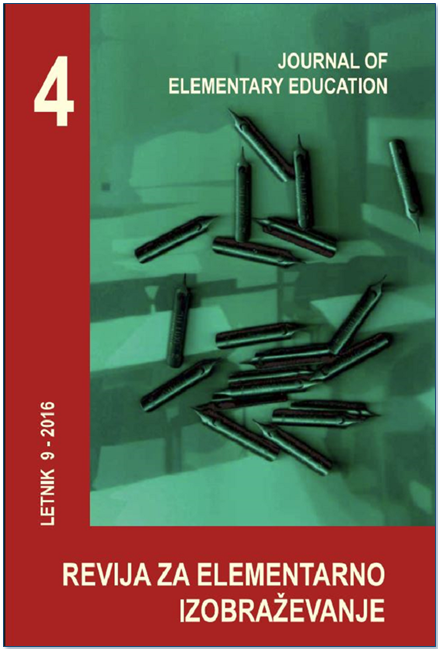Findings of Visual Arts Research in Early Childhood and Primary Education
Keywords:
arts-based research, arts-informed research, preschool, primary schoolAbstract
Arts research was introduced in the field of education during the 1990s by Barone and Eisner, but their methodology is rarely used because it is not considered to be consistent with traditional paradigms of the scientific method. This review identified only seven visual arts research studies in early childhood education and primary education. Four studies were conducted in early childhood education settings, and two of those studies used quantitative methods to investigate the effects of art on early childhood development. The three studies that were conducted in primary education used a case study approach to examine art projects in the community or the classroom. Participation in visual arts was associated with enhanced learning outcomes in other areas and the development of individual and social competences, but it was not found to facilitate the development of age-dependent abilities, such as visual or grapho-motor abilities. Visual arts also proved to be an effective method of communication for children in preschool and primary education institutions because it is easier for them to express their opinions and beliefs to adults with visual media than with words.
Downloads
Downloads
Published
Issue
Section
License
Copyright (c) 2016 The Journal of Elementary Education

This work is licensed under a Creative Commons Attribution-NonCommercial-NoDerivatives 4.0 International License.
